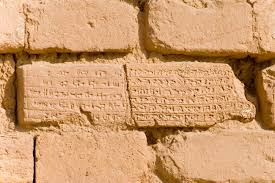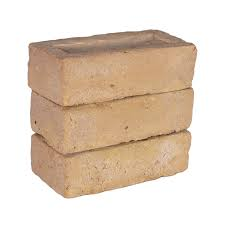Bricks are often viewed as a relatively new invention. We think that ancient buildings were made from stone or timber. Early human structures were often constructed with mud and straw.
You may be surprised to find out that bricks have been around for quite some time.
Jericho is the first place we can find bricks made since 8000 BC. People in Jericho discovered that they could make simple, inexpensive bricks by letting the mud dry out in the sun.
Mesopotamia made stronger bricks through the mixing of mud and straw, followed by baking in an oven. The bricks are also more resistant to moisture after this process. The bricks that were baked in kilns also weigh less and are easier to move than rocks. They were stronger and could be transported more easily.
The mud huts of the past are a distant memory. Modern bricks are available in a variety of colours, weights and sizes, as well as absorbency scales. Brick cladding is available that has the appearance of brick, but offers different benefits.
Bricks are still the most common building material. Brick-based architecture is a field that continues to grow, both in terms of brick-making technologies and architectural design. For a Monmouth Architect, contact hillsandcompany.co.uk/
Bricks were not invented in Britain. Ancient Romans brought brick making technology to Britain. Pre-Roman inhabitants of Britain had homes made of wood, stone and straw.
Brick building was forgotten after the fall of Rome. It was common to reuse old Roman bricks that were damaged in villas and waterways. Brick making was only rediscovered in the 12th Century.
The first brick-making machines were introduced in 1825. The machine not only produced better quality bricks, but it also made production faster and more efficient. In addition to increased industrialisation, there was a significant increase in brick and mortar construction during this time.


